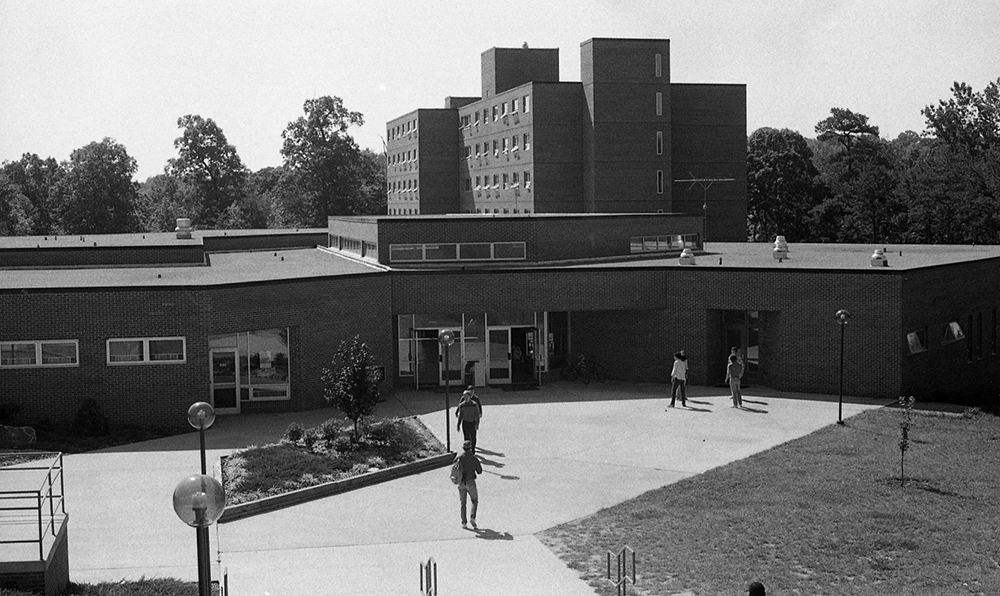
The reason was Operation Highsmith, described as “the State’s largest terrorism and structural collapse exercise,” which the Office of the State Fire Marshall had organized during May 20-24, 2002.
For five days the campus’ Highsmith Center hosted 250 personnel from response teams from local, state and federal agencies across North Carolina, as they participated in, “mock drills and exercises involving simulations of hazardous materials leaks, bioterrorism events, terrorist attacks, and hostage and bomb scenarios.” Sections of the building were also demolished so that rescuers could practice working with heavy machinery.
There are no photographs of the exercise in the University Archives, but The Fire and Rescue Journal described teams wrangling with “refrigerators, concrete jersey barriers, lumber and ropes,” and maneuvering “cranes, Bobcat tractors, saws and welding torches.” A rescue dog was even lowered into the building through a hole in the roof.
Thankfully, neither the dog nor anyone else, seems to have been harmed during the exercise.
Students had left campus for the summer, and Highsmith’s occupants had been relocated to the Dining Hall. But, there seems to have been some spectators, as the Blue Banner reported a viewing area being provided for the media and general public to observe the exercises.
The operation had been prompted by events of September 11, 2001, which had made all emergency departments aware of the need to be prepared for any terrorist attacks in North Carolina. The Highsmith Center was already scheduled for a “massive” renovation project during the summer of 2002, and the 35,000 square foot building therefore provided “an ideal and rare setting.”
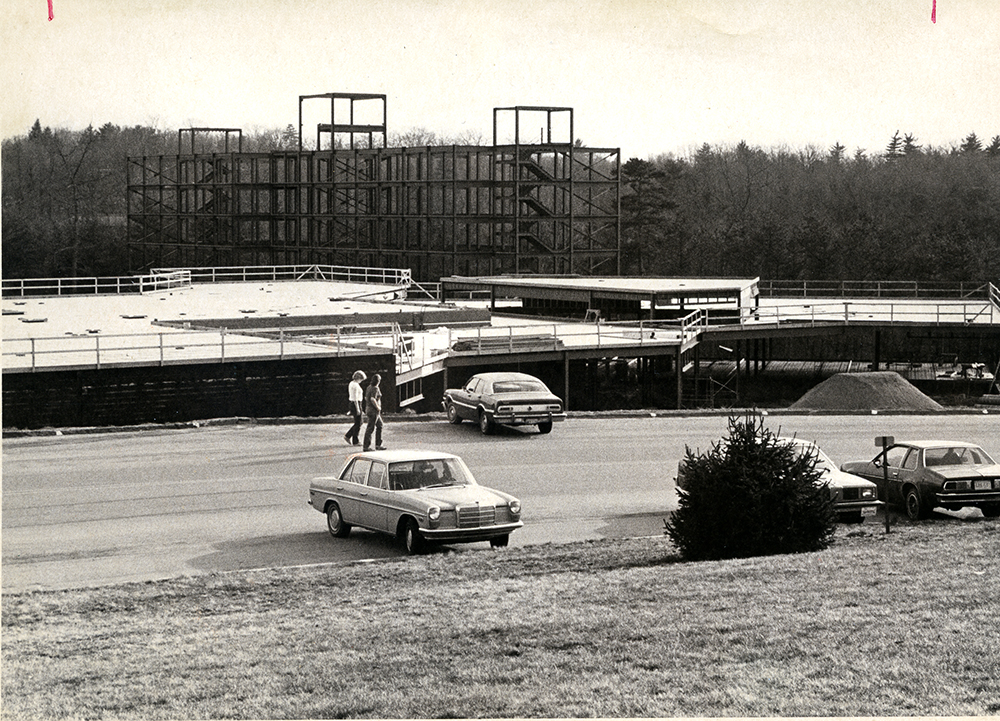
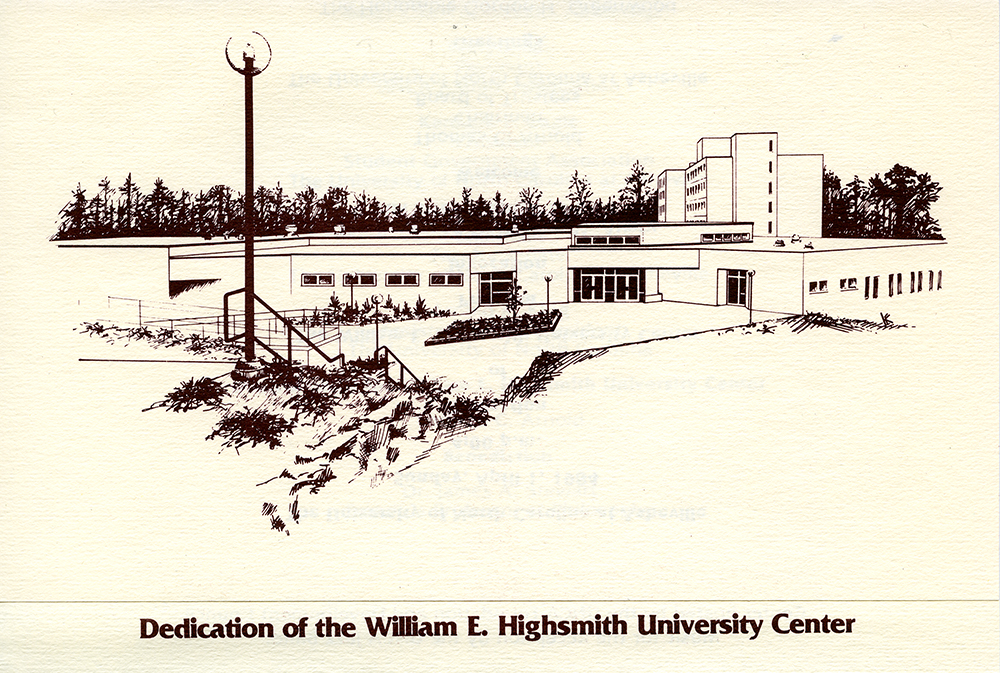
The Center was designed to house the university dining hall, meeting and recreation rooms, lockers for commuting students, television viewing rooms, vending machines, the university store, and radio station. A pre-construction document described the Center serving “as the foundation of campus cultural life” by allowing students to be together in “non-academic contexts,” and it “should unite commuter students with campus residents.”
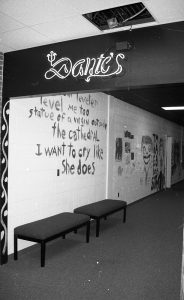
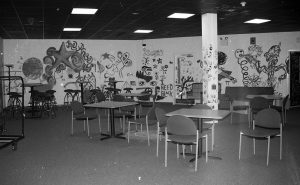
However, by 1997 the Highsmith Center’s facilities had become inadequate and the Board of Trustees designated the renovation and expansion of the building “as the campus’ first priority for capital funding.” Of particular concern was lack of space for students “to do their programs and have their meetings.”
In 1997, 950 students lived on campus, compared to 400 in 1982, and it was anticipated the number would grow to 1,100 by 1999. Total enrollment also grew, from 2,520 in 1982 to 3,170 in 1997, with student involvement in campus activities growing along with enrollment.
Plans were drawn up to renovate the existing center, and add a further 46,000 square feet, to more than double the size of the building.


Which brings us back to Operation Highsmith.
After the emergency exercise was completed, construction work began in earnest, and on October 14, 2004, the new Highsmith University Union was dedicated. SGA President Porscha Yount described the Union building as “just amazing.”
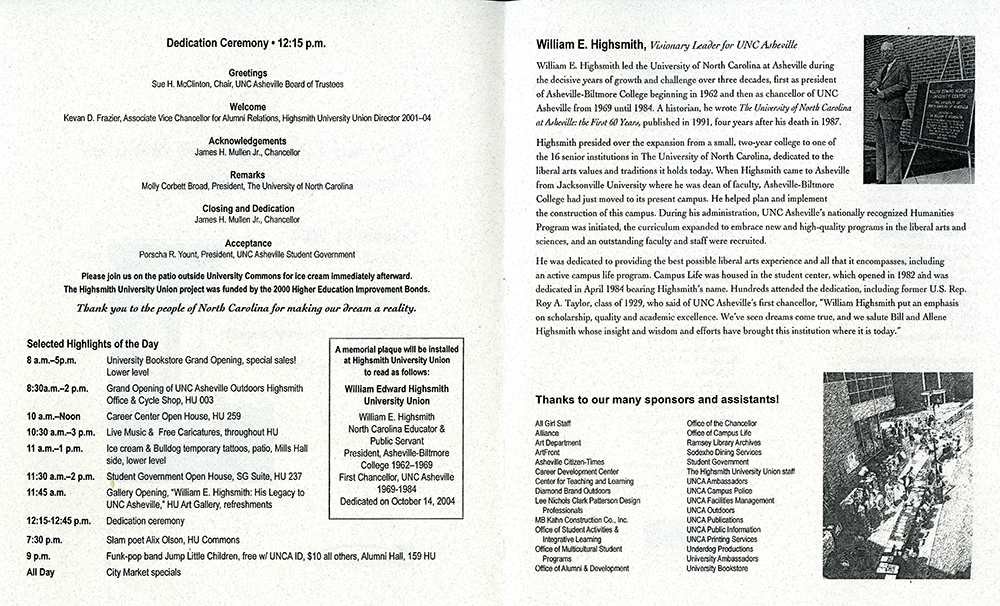
This time though it seems, no dogs will be lowered through the roof.
- Colin Reeve, Special Collections

